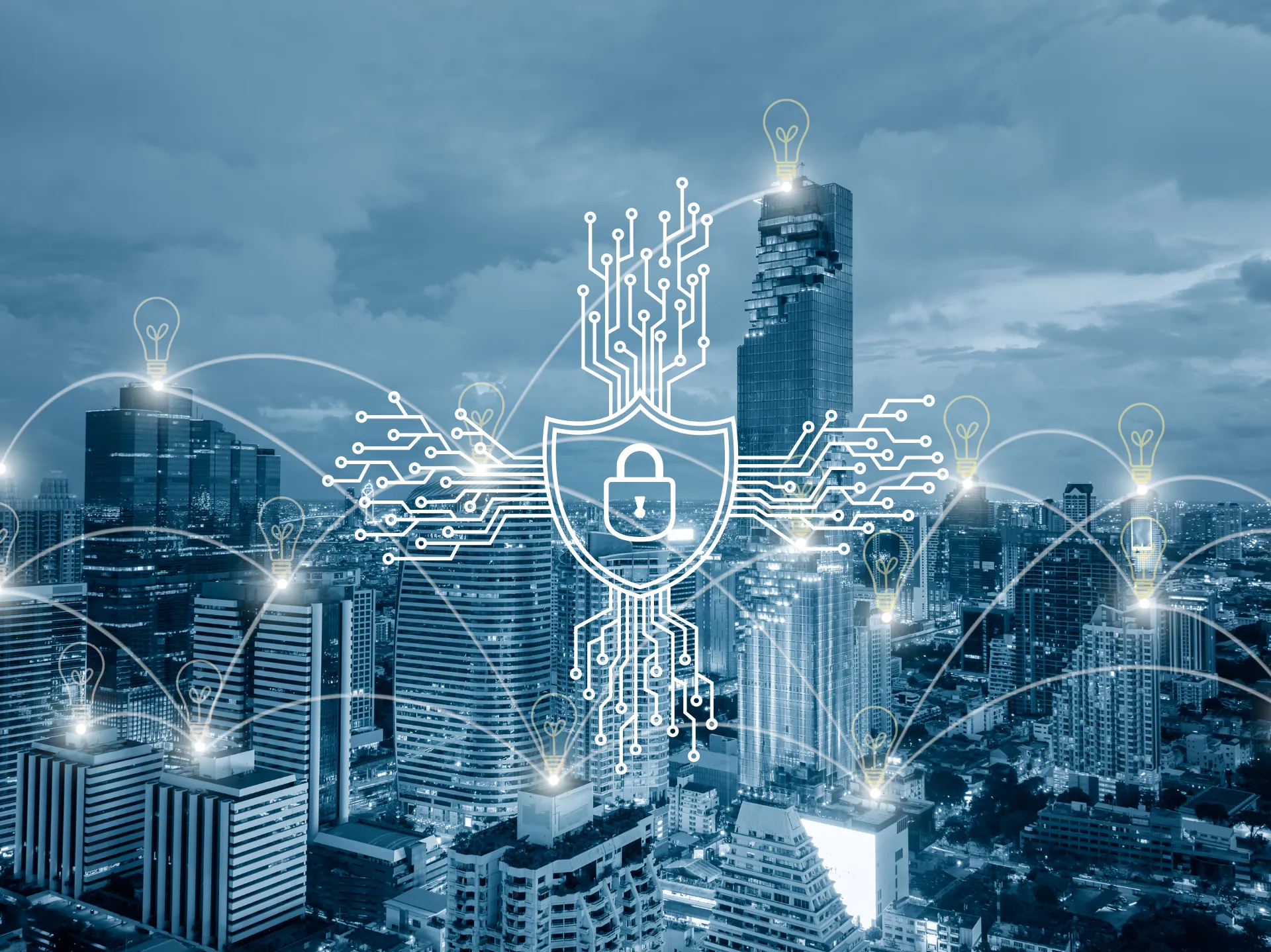Top 7 Energy-Specific Cybersecurity Solutions

The global energy sector forms the backbone of modern society, powering everything from homes to hospitals and national security systems. As this sector undergoes digital transformation—integrating smart grids, IoT devices, and advanced analytics—it becomes an increasingly attractive target for cyberattacks. Protecting your energy infrastructure isn’t just a technological need; it is a matter of brand compliance and for nations it can be a matter of national security and economic stability. This article explores the unique challenges facing the energy sector in cybersecurity and outlines key solutions to meet these needs.
The Cybersecurity Challenges in the Energy Sector
1. Legacy Systems Integration
Many energy systems operate with legacy technologies that were not designed to withstand modern cyber threats. Integrating these older systems with cutting-edge technologies creates vulnerabilities that hackers can exploit.
2. Complex and Distributed Infrastructure
The energy grid spans vast geographic areas, encompassing generation, transmission, and distribution networks. This complex and decentralized infrastructure makes it difficult to implement uniform security measures.
3. Rise in Sophisticated Threats
Cyber threats such as ransomware, state-sponsored attacks, and supply chain intrusions specifically target energy systems. High-profile examples include the 2015 Ukraine power grid attack and the Colonial Pipeline ransomware incident.
4. Lack of Real-Time Visibility
Energy operations often lack comprehensive monitoring systems to detect and mitigate cybersecurity threats in real time, leaving vulnerabilities unaddressed until it’s too late.
5. Insider Threats and Human Error
Employee errors, whether accidental or deliberate, pose significant risks to critical infrastructure. Training gaps and lack of awareness exacerbate these vulnerabilities.
Key Cybersecurity Solutions for the Energy Sector
1. Advanced Threat Detection and Response Systems
Energy companies must deploy tools that use machine learning and artificial intelligence to identify unusual activities, predict vulnerabilities, and respond to potential threats proactively.
Example: Intrusion detection systems (IDS) designed for industrial control systems (ICS) can detect abnormal data patterns in a power plant’s operations, triggering immediate investigations.
2. Implementing Network Segmentation -
Segmenting critical networks ensures that an attack on one part of the system doesn’t spread to the entire infrastructure. This method isolates operational technology (OT) networks from IT systems to minimize exposure.
Example: A wind energy company might segment its turbine management systems from the corporate IT network to safeguard against lateral threats. 3.
3. Strengthening Identity and Access Management (IAM)
IAM solutions enforce role-based access, ensuring that only authorized personnel can access sensitive systems. Multi-factor authentication and biometric verification further enhance security.
Example: A solar farm could deploy IAM protocols to restrict access to its energy management systems, preventing unauthorized remote logins. 4. Real-Time
4. Monitoring with Security Operations Centers (SOCs)
Developing in-house or outsourcing SOCs enables 24/7 monitoring of network activity. SOCs provide immediate threat identification, incident response, and forensic analysis.
Example: Utility companies leveraging SOCs can rapidly detect phishing attempts targeting operational systems and isolate affected areas.
5. Robust Patch Management
Energy companies must regularly update and patch software vulnerabilities. Automated patch management solutions ensure that all devices across the energy grid remain secure.
Example: Automated tools that identify outdated software in SCADA systems and deploy patches reduce risks without interrupting operations.
6. Using Blockchain for Secure Data Sharing
Blockchain technology provides a secure method for sharing data across energy systems, ensuring tamper-proof and transparent transactions. Example: In distributed energy resources (DER) environments, blockchain can secure peer-to-peer energy trading systems, protecting them from cyber intrusions.
7. Regular Employee Training and Awareness
Regular training programs focusing on cybersecurity best practices, phishing awareness, and incident response empower employees to become the first line of defense.
Example: Hosting workshops on recognizing email spoofing can prevent potential ransomware attacks stemming from phishing.
The Role of Public-Private Collaboration in Energy Cybersecurity
Securing energy infrastructure requires powerful collaboration between governments, private companies, and regulatory bodies. Governments play a key role in setting stringent cybersecurity standards and providing real-time threat intelligence.
Key Initiatives Include:
- Establishing frameworks such as the NIST Cybersecurity Framework to guide energy companies in securing their operations.
- Publicizing real-time threat intelligence through platforms like the Electricity Information Sharing and Analysis Center (E-ISAC).
- Funding research and development for advanced cybersecurity tools tailored to the energy sector.
- Conducting joint simulations and penetration testing to identify vulnerabilities.
Benefits of customized Energy-Specific Cybersecurity Solutions
- Increased Resilience: Reducing downtime and financial losses caused by cyber incidents.
- Public Trust: Ensuring uninterrupted energy supply fosters citizen confidence in the government’s ability to protect critical services.
- Regulatory Compliance: Adherence to sector-specific standards avoids penalties and enhances reputation.
- Operational Efficiency: Real-time monitoring and automation streamline threat management, allowing energy providers to focus on innovation.
Protecting the energy sector from cyber threats is paramount for national security and economic sustainability. By investing in robust, energy-specific cybersecurity solutions, adopting proactive strategies, and fostering cross-sector collaboration, stakeholders can ensure the resilience and reliability of critical energy infrastructure. The future of energy security hinges on how well governments and energy providers navigate this evolving threat landscape.